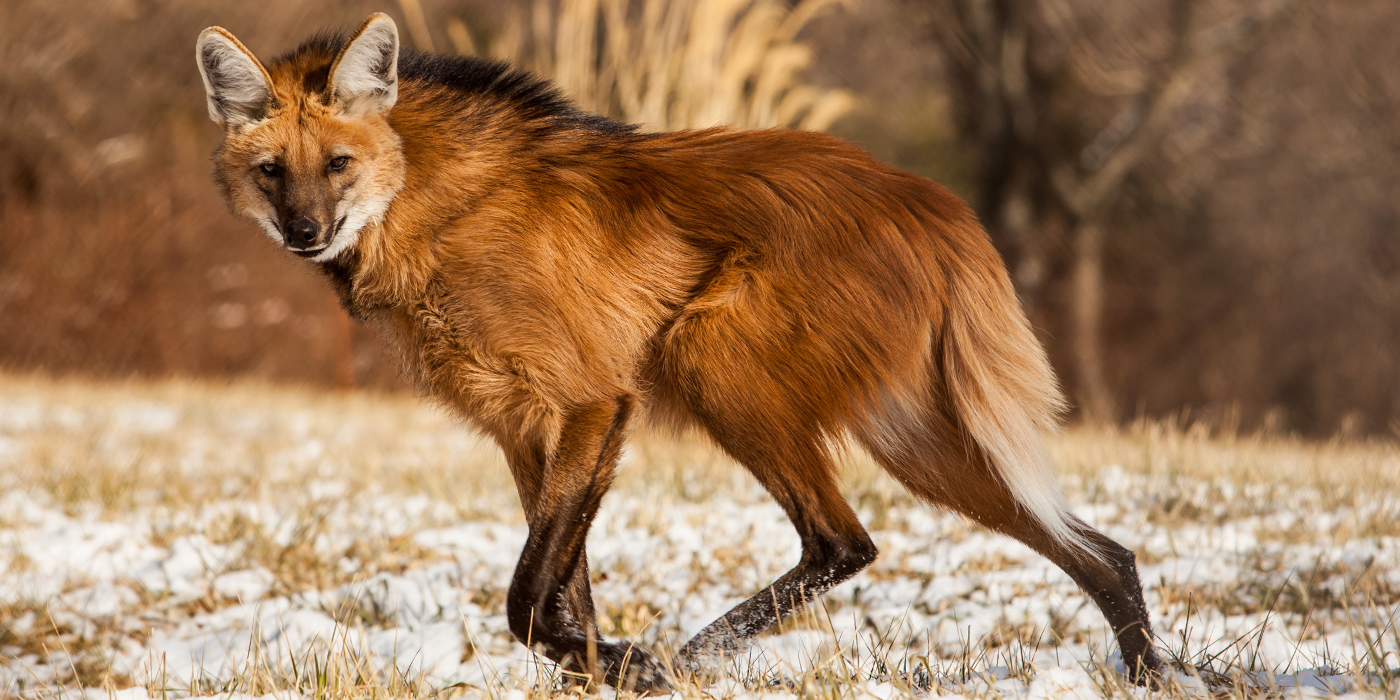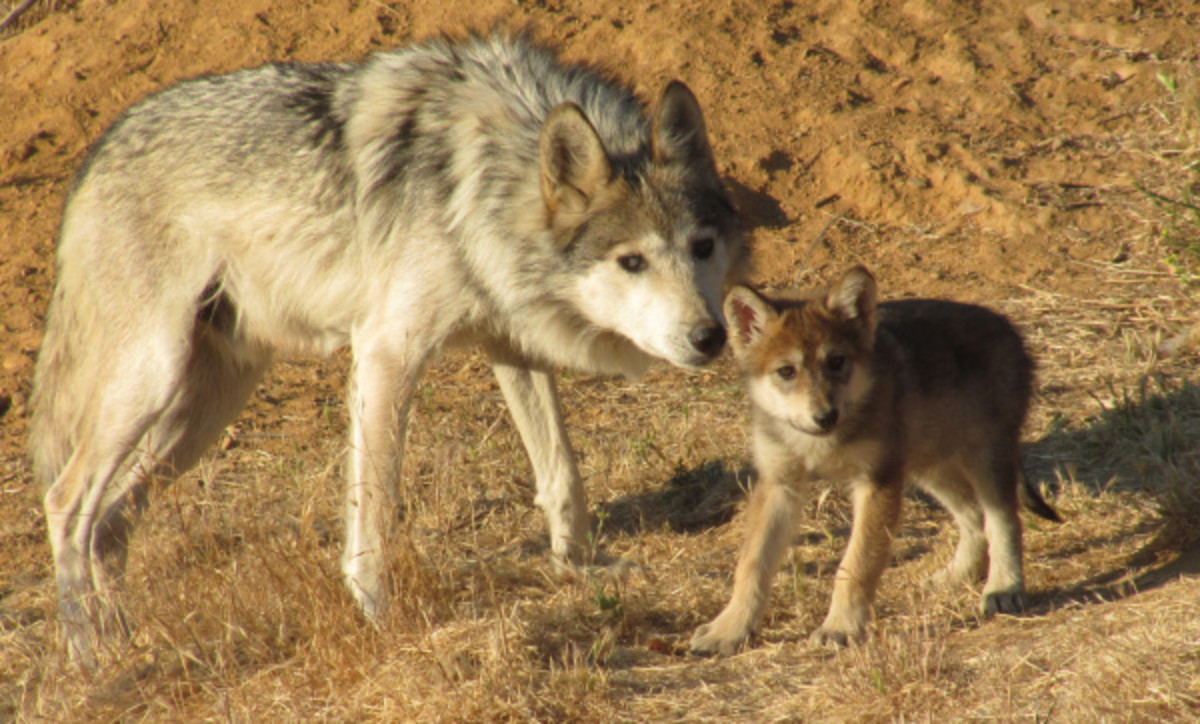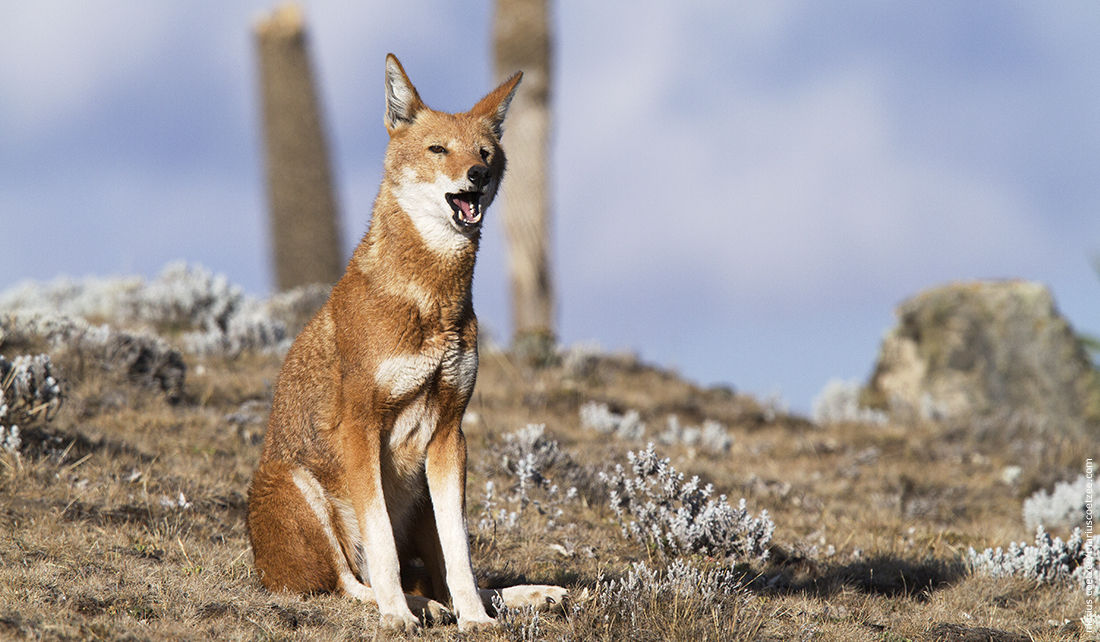Thlayli
Le Pétit Prince
Chariots and Sticks, or, The Siyusayep Ghuchagate
Over time, the gradual enslavement/eradication of the Gierhyep will lead to the hybridization of the Ziyuzagh and Gierhyep cultures, into a combination that will be called Siyusayep. Traits often associated with the priestly, Ziyuzagh-descended classes will be those of the orange (or orange/green 'autumn') eyes and bright red hair of the original Tiryaps, while the darker eyes and hair of Apalic cultures will generally be regarded as undesirable, and remain common amongst the lower classes. However, a large portion of Gierhyep language and pottery will ultimately be adapted into the Siyusayep hybrid culture.
While the other independent ghuchaghs will remain relevant, especially in the Iksiph Mountains and their sacred carved valley with its vast pinhole burial sites, which are now ancient by modern standards, the center of gravity for Siyusayep is the southern two river valleys. This area will rapidly become urbanized, both due to the spread of agriculture and the labor demands of the monumental Siyusayep architecture, great windowless spheres set upon plinths of cuboid granite, which are filled with smoke for the rites of the ghuchagh. These revelation spheres, and the anthill-like constructions of clay huts (and later stone houses) that surround them, are some of the first impressive archaeological finds of urbanized civilization in the Itap, the pinhole-valley aside. (This architectural style is often described as "kilnic", for the tendency of small family homes to resemble spherical kilns or round ovens, perhaps as miniature imitations of the revelation spheres.)
In particular, layers of periodic construction on these revelation spheres reveal that they are tiered structures, with the mass graves of the previous generation's sacrifices incorporated into each new layer of clay or stone as the sphere-plinths are demolished and rebuilt to higher heights. (The spheres are not domes, they are mostly solid rock with interior chambers carved out within.)
The idea of a Ghuchagate as it emerged under the Siyusayep is essentially that of a priestly caste republic. The policies of the state are determined by the gods, who speak directly to the shamans in states of spiritual ecstasy in the moment when they are possessed by the spirits of the sacred beasts. But the shamanic councils themselves are elected for life by a vote of all of the eligible male priest-caste individuals in the area, who then in turn elect their chief. The military leaders also belong to a caste, as do the farmers and artisans, and elections of their caste leaders are done as well, but these castes are subordinate to the ghuchagh in all things. (The Ku and Diryaj also play special out-caste roles, see below.)
Ku and Diryaj are frequently depicted in Early Siyusayep art, which tended to distort or overemphasize the particular traits of the people: Huge hands and heads compared to tiny bodies for the Ku, giant bodies and tiny heads for the Diryaj. In their efforts to constantly attain sacrificial captives for the rituals of the revelation spheres, both Ku and Diryaj captives (the latter traded for by mountain Tiryaps who often served as slavers and traders for the Siyusayep, although remaining outside of their official control) have been documented as being abducted to Siyusayep captivity. The Ku, over time, became more valued for their ornamental beauty, and pools for their use have been documented in the pleasure gardens of the ghuchagh. The Diryaj, as well, became valued for their use as bearers of strength, and the Siyusayep were quick to breed them in controlled conditions to train them as warriors, although they would always serve better as berserkers than formation fighters.
"The Siyusayep" is also (somewhat confusingly) a contemporary title for the chief priest, who in his ecstasy and possession acts and speaks for humanity, the people, as a whole, subsuming the will of thousands into his own in vast collective rituals. Siyusayeps of the First Period included Chuvakte, Natkatata, Mepapt, and Chalapsti. Definitive proof of trade with the Tiriyata Republics (post to come) on the Aptira River brought the many animals of the plains to the shores of the Itap, including tamed elk, horse, and even exotic desert beasts traded from the Great Sand Sea peoples. And trade with the Diafhe migrants brought still-stranger beasts, great titans of the savanna and jungle. (The curiosity for these diverse beasts brings a vast new array of gods into consciousness, including the popular eight-horned elephant spirit.)
In combination with the long-established use of wheeled carts in the Itap, this importation and taming of exotic animals leads to a new innovation: The war-cart. Hooking whatever plains beasts can be acquired and tamed (be they horse, elk, or even elephant) to the carts, a powerful new innovation comes into play. In future centuries, this is gradually streamlined into a swift and deadly force of mounted chariots, scythe blades and fire arrows at the ready to bring ultimate terror on their foes.
And who are those foes? So very often the desire of the gods is for blood. A steady stream of sacrifices ensures that the waters of the Itap will remain clear and the rivers from the Ypta will flow well for the next season's crop. And it is this that will cause the Siyusayep to reach, for the first time in history, to answer the desire of the gods: To move beyond the Itap Sea.
With the use of war carts and chariots, and the ferocity of "tamed" Diryaj berserkers, the armies of the Siyusayep Ghuchagh will fall upon the Gero Valley like an unexpected storm. The goal of the Siyusayep is primarily the mass enslavement of Gero inhabitants for sacrifice to the gods, but in time, enterprising Siyusayeps will establish themselves on the upper Gero as a colonizing class, making the Siyusayep the first trans-Itap-Gero cultural complex, and inaugurating a long future history of the conjoined regions. The goal of the Siyusayep, however, is nothing less than the subjugation, sacrifice, and cultural conversion of the Gero peoples, in keeping with the whispered desires of the many-horned gods. (For their part, the Diafo will likely submit to the Siyusayep invaders due to their similar religious practices, and aid them in expanding further towards the sea.) To unite Itap and Sierap (Gero) into one is the dream of the Siyusayep within their spheres of splendor. And this whispered dream is here to stay.
Over time, the gradual enslavement/eradication of the Gierhyep will lead to the hybridization of the Ziyuzagh and Gierhyep cultures, into a combination that will be called Siyusayep. Traits often associated with the priestly, Ziyuzagh-descended classes will be those of the orange (or orange/green 'autumn') eyes and bright red hair of the original Tiryaps, while the darker eyes and hair of Apalic cultures will generally be regarded as undesirable, and remain common amongst the lower classes. However, a large portion of Gierhyep language and pottery will ultimately be adapted into the Siyusayep hybrid culture.
While the other independent ghuchaghs will remain relevant, especially in the Iksiph Mountains and their sacred carved valley with its vast pinhole burial sites, which are now ancient by modern standards, the center of gravity for Siyusayep is the southern two river valleys. This area will rapidly become urbanized, both due to the spread of agriculture and the labor demands of the monumental Siyusayep architecture, great windowless spheres set upon plinths of cuboid granite, which are filled with smoke for the rites of the ghuchagh. These revelation spheres, and the anthill-like constructions of clay huts (and later stone houses) that surround them, are some of the first impressive archaeological finds of urbanized civilization in the Itap, the pinhole-valley aside. (This architectural style is often described as "kilnic", for the tendency of small family homes to resemble spherical kilns or round ovens, perhaps as miniature imitations of the revelation spheres.)
In particular, layers of periodic construction on these revelation spheres reveal that they are tiered structures, with the mass graves of the previous generation's sacrifices incorporated into each new layer of clay or stone as the sphere-plinths are demolished and rebuilt to higher heights. (The spheres are not domes, they are mostly solid rock with interior chambers carved out within.)
The idea of a Ghuchagate as it emerged under the Siyusayep is essentially that of a priestly caste republic. The policies of the state are determined by the gods, who speak directly to the shamans in states of spiritual ecstasy in the moment when they are possessed by the spirits of the sacred beasts. But the shamanic councils themselves are elected for life by a vote of all of the eligible male priest-caste individuals in the area, who then in turn elect their chief. The military leaders also belong to a caste, as do the farmers and artisans, and elections of their caste leaders are done as well, but these castes are subordinate to the ghuchagh in all things. (The Ku and Diryaj also play special out-caste roles, see below.)
Ku and Diryaj are frequently depicted in Early Siyusayep art, which tended to distort or overemphasize the particular traits of the people: Huge hands and heads compared to tiny bodies for the Ku, giant bodies and tiny heads for the Diryaj. In their efforts to constantly attain sacrificial captives for the rituals of the revelation spheres, both Ku and Diryaj captives (the latter traded for by mountain Tiryaps who often served as slavers and traders for the Siyusayep, although remaining outside of their official control) have been documented as being abducted to Siyusayep captivity. The Ku, over time, became more valued for their ornamental beauty, and pools for their use have been documented in the pleasure gardens of the ghuchagh. The Diryaj, as well, became valued for their use as bearers of strength, and the Siyusayep were quick to breed them in controlled conditions to train them as warriors, although they would always serve better as berserkers than formation fighters.
"The Siyusayep" is also (somewhat confusingly) a contemporary title for the chief priest, who in his ecstasy and possession acts and speaks for humanity, the people, as a whole, subsuming the will of thousands into his own in vast collective rituals. Siyusayeps of the First Period included Chuvakte, Natkatata, Mepapt, and Chalapsti. Definitive proof of trade with the Tiriyata Republics (post to come) on the Aptira River brought the many animals of the plains to the shores of the Itap, including tamed elk, horse, and even exotic desert beasts traded from the Great Sand Sea peoples. And trade with the Diafhe migrants brought still-stranger beasts, great titans of the savanna and jungle. (The curiosity for these diverse beasts brings a vast new array of gods into consciousness, including the popular eight-horned elephant spirit.)
In combination with the long-established use of wheeled carts in the Itap, this importation and taming of exotic animals leads to a new innovation: The war-cart. Hooking whatever plains beasts can be acquired and tamed (be they horse, elk, or even elephant) to the carts, a powerful new innovation comes into play. In future centuries, this is gradually streamlined into a swift and deadly force of mounted chariots, scythe blades and fire arrows at the ready to bring ultimate terror on their foes.
And who are those foes? So very often the desire of the gods is for blood. A steady stream of sacrifices ensures that the waters of the Itap will remain clear and the rivers from the Ypta will flow well for the next season's crop. And it is this that will cause the Siyusayep to reach, for the first time in history, to answer the desire of the gods: To move beyond the Itap Sea.
With the use of war carts and chariots, and the ferocity of "tamed" Diryaj berserkers, the armies of the Siyusayep Ghuchagh will fall upon the Gero Valley like an unexpected storm. The goal of the Siyusayep is primarily the mass enslavement of Gero inhabitants for sacrifice to the gods, but in time, enterprising Siyusayeps will establish themselves on the upper Gero as a colonizing class, making the Siyusayep the first trans-Itap-Gero cultural complex, and inaugurating a long future history of the conjoined regions. The goal of the Siyusayep, however, is nothing less than the subjugation, sacrifice, and cultural conversion of the Gero peoples, in keeping with the whispered desires of the many-horned gods. (For their part, the Diafo will likely submit to the Siyusayep invaders due to their similar religious practices, and aid them in expanding further towards the sea.) To unite Itap and Sierap (Gero) into one is the dream of the Siyusayep within their spheres of splendor. And this whispered dream is here to stay.
Last edited:













